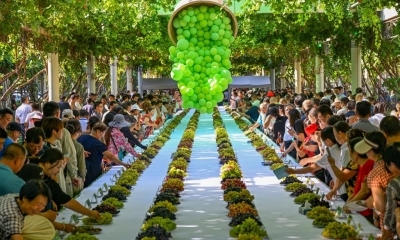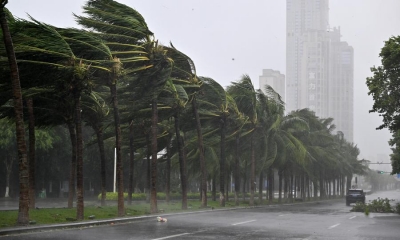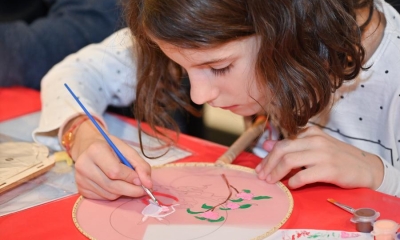The Three Cs: China, Culture and Civilization
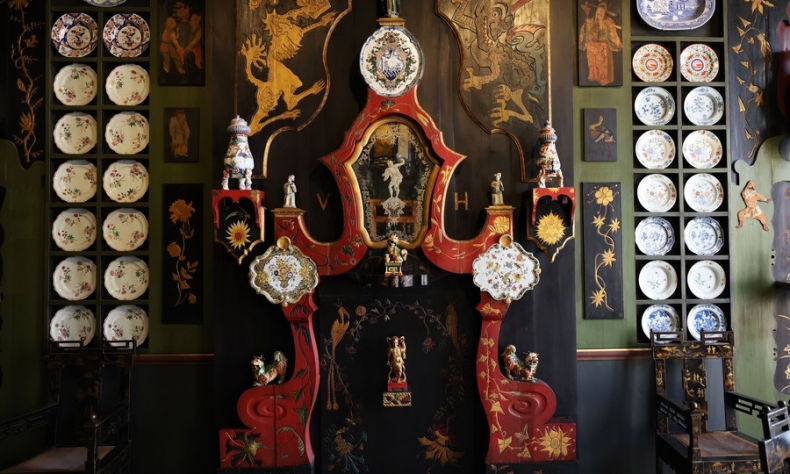
Insofar as the future becomes a binary choice between Chinese and Western culture – a false model denying cultural traditions to over half of humanity – history favors the former.
Now China has recovered its preeminent global economic status. It has come to assert its equivalent position in world politics and diplomacy, typically representing the interests of the developing world.
Simultaneously, China’s leaders have drawn attention to the antiquity of its culture. President Xi Jinping, speaking at a meeting on cultural inheritance and development in June 2023, emphasized the originality, uniformity, consistency, inclusivity, and peaceful nature of Chinese civilization.
Chinese culture has long been viewed as synonymous with civilization. As Christian scholars once considered Jerusalem to be the center of the world, so Chinese sages assumed China – which translates as the ‘Middle Kingdom’ (Zhongguo 中国) – to be the center of civilization. When, around 1300 CE, cartographers centered Jerusalem on the world’s oldest Mediaeval map, the Mappa Mundi, Chinese culture had already been in existence for over 2,000 years.
Existing since long before the invention of the nation state, China is a civilization without borders. In modern times, the Chinese diaspora is found in all corners of the world, connected to China by a readily recognizable shared culture, a common understanding of life.
The Great Wall apart, political attention in China almost always focused on the civilization’s center, although it was recognized with some pride that China’s cultural influence tapered long distances from the Imperial capital. China did not early encounter civilizations of equivalent scale or sophistication. India, from which China took Buddhism, was a multiplicity of kingdoms. Korea, Vietnam, Thailand, Burma and Japan were variably influenced by Chinese culture and were correspondingly assessed to enjoy varying degrees of civilization.
The Great Wall never marked the boundary of Chinese influence; it was defensive, protecting the cultural heartland. In fact, China’s geographic extent fluctuated markedly in the centuries following the first great unification under Emperor Qinshihuang in 221 BCE and the rebuilding of the Wall. However, by the Tang Dynasty (618-906 CE), the land area was comparable with that of modern China, the borders of which were mostly formally negotiated only during the Qing Dynasty (1644-1911).
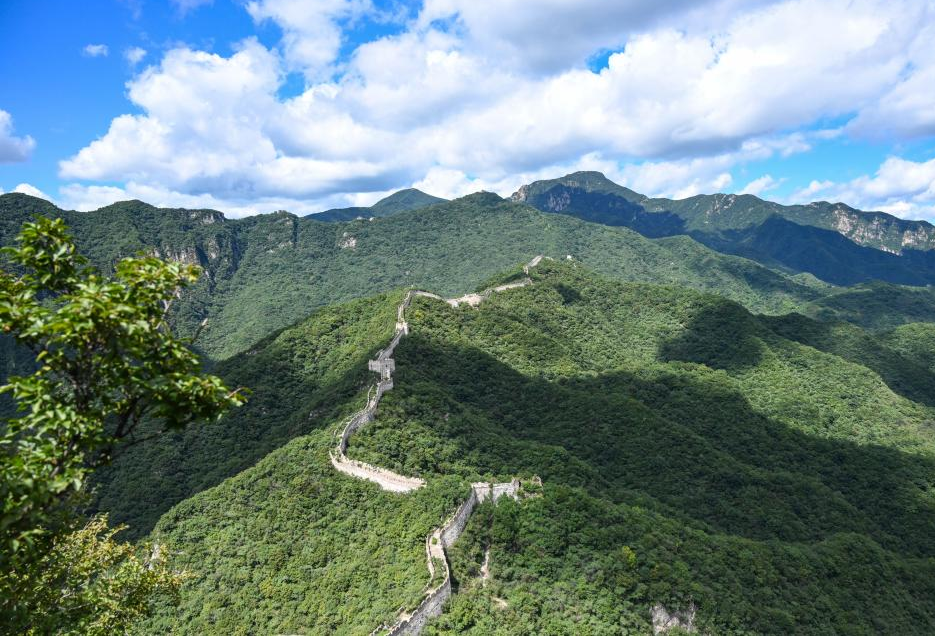
China’s sailing fleet was already the world’s largest by the time of the Song Dynasty (960–1279), yet it never sought conquests overseas. It might be fanciful to see this represented in the portrayal of perspective in traditional Chinese art; this is read vertically with distant places located towards the top of the image and nearer ones sited closer to the bottom. This contrasts markedly with Western art for, from Giotto (c. 1267-1337) onwards, lines of perspective converge on a horizon, stimulating a wanderlust to know (and conquer) what lies beyond. In Chinese art, all is already revealed, nothing is hidden. Hence, there is harmony and contentment, no need for military or other escapades abroad since China can provide for all eventualities.
Emperors from the Zhou Dynasty (c. 1100-256 BCE) onwards claimed to rule by the mandate of heaven. However, the official acceptance of Confucianism, under the Han Dynasty (206 BCE-220 CE), introduced a degree of secular control but, more importantly, framed a lasting public understanding of governance. Chinese rulers are deemed to rule on account of their virtue. Following the path of virtue, they can ensure universal harmony; a failure to do so results in social chaos, undermining their authority and legitimating their removal.
The Confucian legacy, therefore, is that rulers are presumed to be benevolent, their actions freeing the public to pursue their lives as they wish. Western liberal democracy, by way of contrast, postulates that politicians are self-interested, policed only by the threat of elections. Freedom, according to libertarians, is achieved by reducing the role of government.
Returning to the art gallery, Beijing’s National Museum of Art being one of the best, the inclusivity of Chinese culture is strikingly evident. It is seen in the portrayal of a myriad different landscapes that convey China’s continental scale – rich jungle, barren steppes, cloud-touched mountains, verdant pasture, and heavily industrialized riverbanks. It is similarly celebrated in the exuberant expression of China’s 56 ethnicities, captured in the portrayal of dance, in brightly colored embroidery, and in the vernacular remnants of preindustrial times in which tools of trade were crafted as objects of desire.
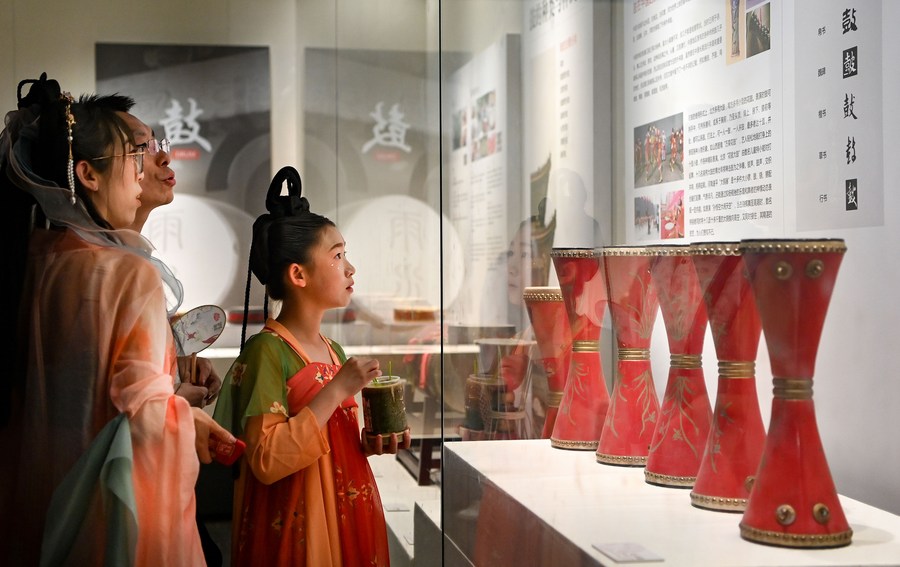
There is, too, the history of innovations in art and industry – silk fabric (c. 6500 BCE); ink (c. 2500 BCE); lacquer (c. 400 BCE – Zhou Dynasty); paper (c. 100 CE – Han Dynasty); woodcuts and printing (c. 200 CE – Han Dynasty); engraving (c. 750 CE – Tang Dynasty) and wash painting (c. 850 CE – Tang Dynasty) and the amazing continuity in their use. Modern artists still excel in the use of ink and wash on traditional vertical or horizontal scrolls of paper. They are as likely as their forebears to paint orchid, bamboo, chrysanthemum, and plum blossom that represent the seasons and the four virtues of the ideal Confucian man – humility, purity, righteousness, and perseverance.
The Chinese writing system dates to at least the Shang Dynasty, around 1600 BCE to 1100 BCE, and calligraphy is still considered to be the highest form of painting. Calligraphy, therefore, represents an unbroken tradition of more than 3,000 years. Often linked with poetry, the ideal poet and calligrapher being one and the same, calligraphy is celebrated in art galleries but also as ground-writing in public parks. Using arm-long brushes soaked in water, practitioners craft Chinese characters on paved areas. The characters evaporate rapidly; perfection, if ever achieved, is therefore always short-lived.
Comparing the national galleries of China and London, one is struck by the comparative absence of grand myth and religion in Chinese art. Instead, landscape, nature and wildlife – earth rather than heaven – were celebrated in China long before they were centered in Western art. Ordinary human beings feature in Chinese art rather than winged heroes or rich landowners. Moreover, the images of humankind engaged in their daily labors are frequently hidden in a landscape overwhelmed by the majesty of nature.
The focus on the ordinary, on work and labor, is also characteristic of Chinese art since 1949. The ordinary, though, is made extraordinary as workers and farmers are seen to excel, portrayed as heroes and role models, often dramatically silhouetted against enormous skies. Their portraits serve to document China’s economic progress from workers on the collective farm, through mining, steel production and factories that exported goods worldwide, to high-tech industries, space exploration and beyond.
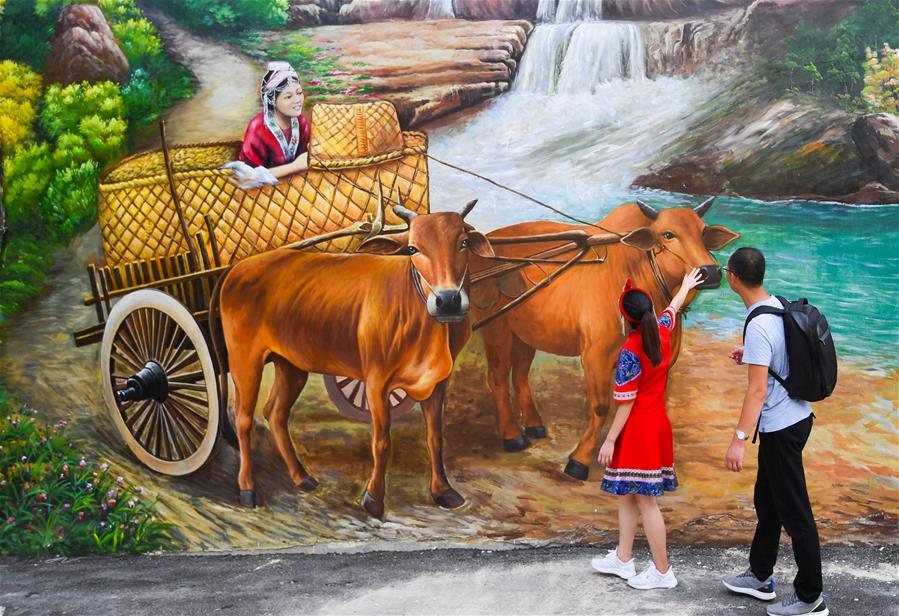
Unique, also, to Chinese art is the prevalence of the group image, represented in paint, resin or marble: soldiers, workers, dancers, scientists and even medics celebrated for their defeat of the COVID-19 pandemic. China is not a culture of the individual. Its success lies in the ability of its people and peoples to work together for the common good.
President Xi Jinping, in his June talk, called on the Chinese people to “develop an independent cultural psyche…draw[ing] on what the Chinese nation has achieved in the past and at the present.” Given the strength and distinctiveness of Chinese culture, this is bound to occur. China’s rapid economic growth and those aspects of modernity that smack most of Westernization will be assimilated into Chinese culture – just as readily as the Mongols founded China’s Yuan Dynasty (1279-1368) and Manchu culture metamorphosed into the last Qin Dynasty.
Insofar as the future becomes a binary choice between Chinese and Western culture – a false model denying cultural traditions to over half of humanity – history favors the former. Discussing the subtlety of Chinese diplomacy, Henry Kissinger, former U.S. secretary of state and joint architect of President Richard Nixon’s visit to China, compares the games of chess and wei qi. In the former, hierarchically organized pieces seek a total victory by destroying the opposition – although stalemate often results. In wei qi, each player incrementally adds 180 pieces, or stones, of equal value to the board aiming to surround, rather to than to eliminate, the opposition.
The West plays chess with culture. Convinced of their innate superiority, pagan Roman emperors fed Christians to lions. The Spanish Crown, aided by Jesuits seeking conversions to Christianity, pursued “deculturation” across Latin America. Nowadays, “like-minded” nations promote the secular faith of neoliberalism, coopting former U.S. President George W. Bush’s threat that “not to be with us is to be against us.”
China plays wei qi. Historically, without conquest, it accepted the allegiance of foreign envoys through the formality of kowtowing to the emperor. Today, as President Xi Jinping confirms, China seeks “exchanges and mutual learning among civilizations rather than cultural hegemony,” champions “cooperation, not confrontation,” and neither “favors acolytes” nor “punishes opponents.”
 Facebook
Facebook
 Twitter
Twitter
 Linkedin
Linkedin
 Google +
Google +





